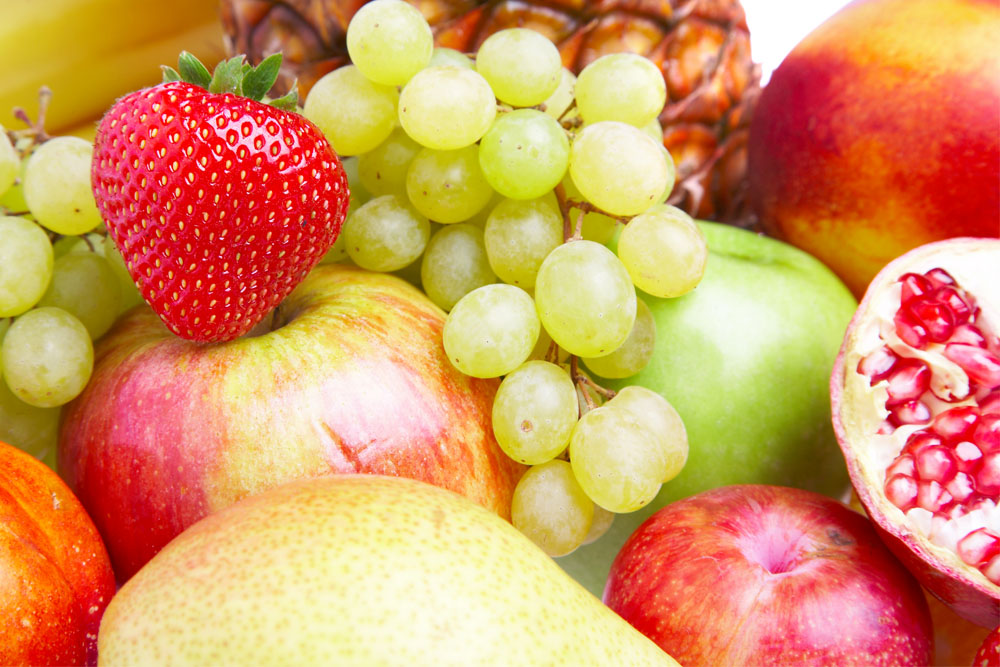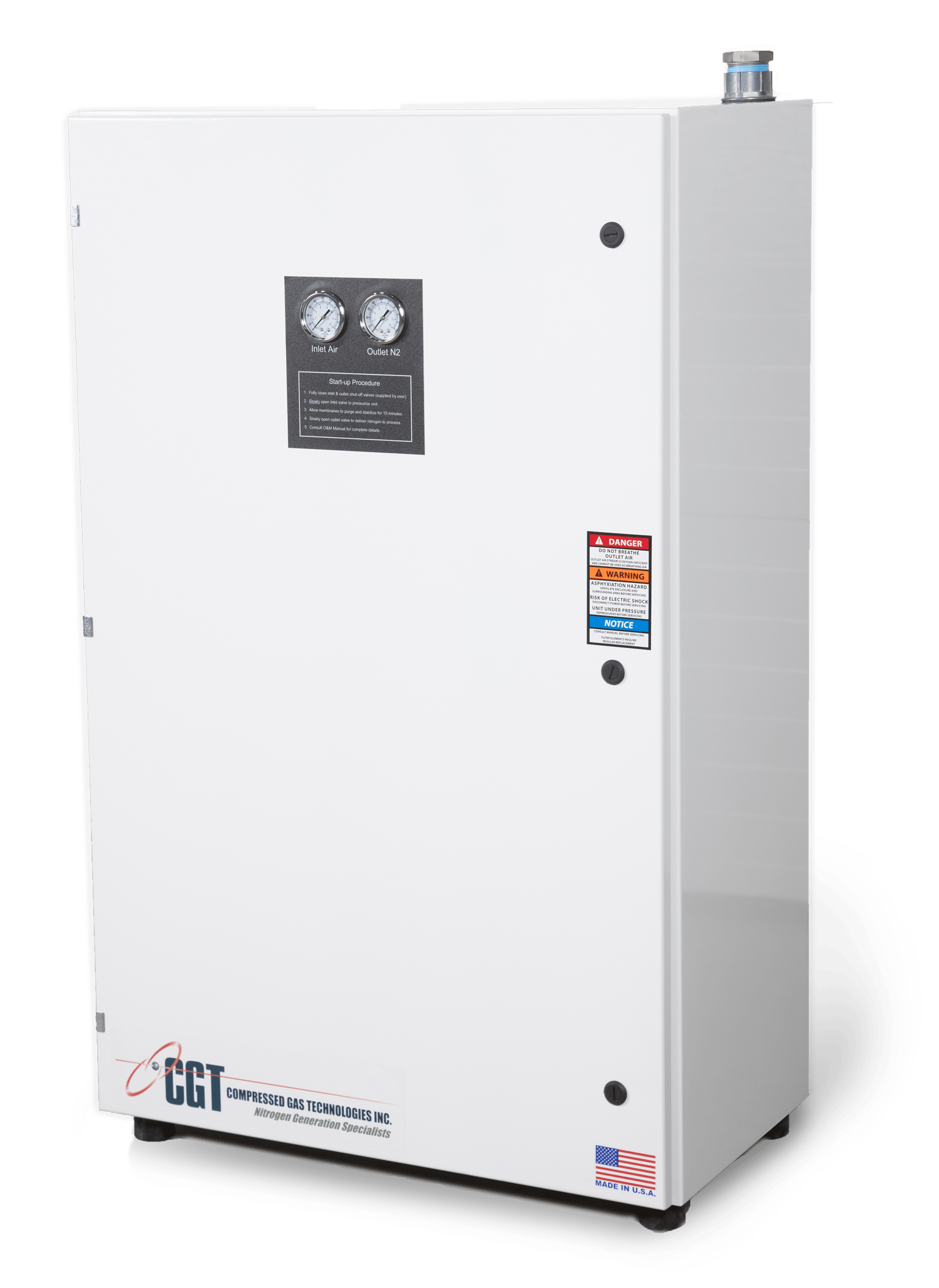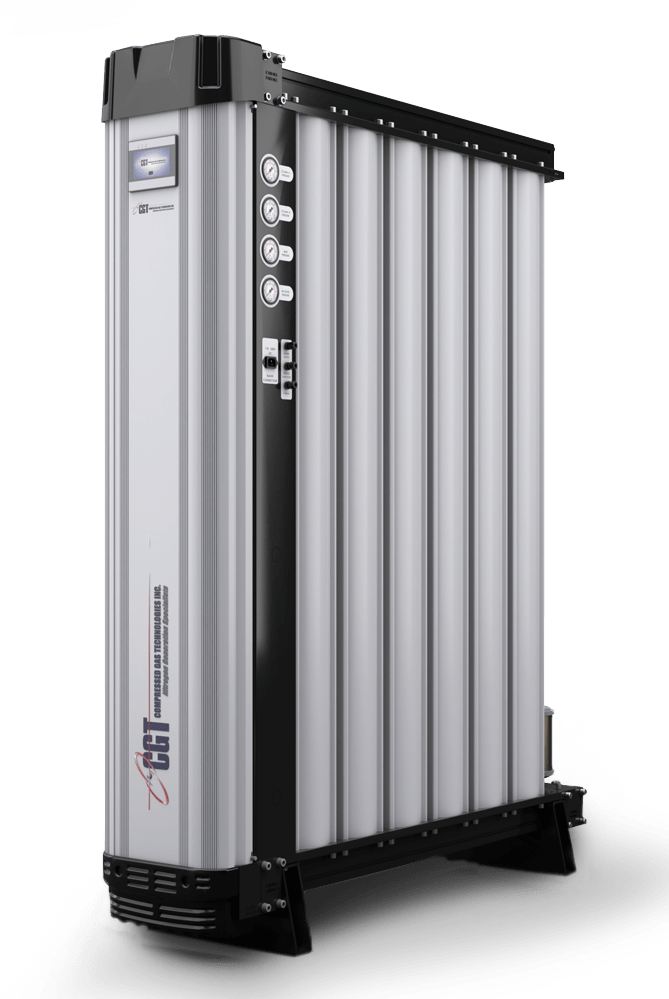Fruit Storage

Fruit Storage
Controlled Atmosphere Storage (CAS). Eating crisp apples year-round is possible due to controlled atmosphere storage. Known simply as “CA” in the industry, controlled atmosphere storage involves careful control of temperature, oxygen, carbon dioxide and humidity. Apples take in oxygen and give off carbon dioxide as starches in the flesh change to sugar. In the sealed rooms, this respiratory process reduced the oxygen, thus slowing the ripening process. The large, airtight CA rooms vary in size from 10,000 boxes to 100,000 boxes, depending on the volume of apples produced by the apple shipper and his marketing strategies. CA storage is a non-chemical process. Oxygen levels in the sealed rooms are reduced, usually by the infusion of nitrogen gas, from the approximate 21 percent in the air we breathe to 1 percent or 2 percent.
Temperatures are kept at a constant 32 to 36 degrees Fahrenheit. Humidity is maintained at 95 percent and carbon dioxide levels are also controlled. Exact conditions in the rooms are set according to the apple variety. Researchers develop specific regimens for each variety to achieve the best quality. Computers help keep conditions constant. Timing of harvest is critical to good storage results. Apples picked too early will not store well in CA nor will those that are past the proper maturity. Nitrogen can assist with the longevity of fruit storage.



